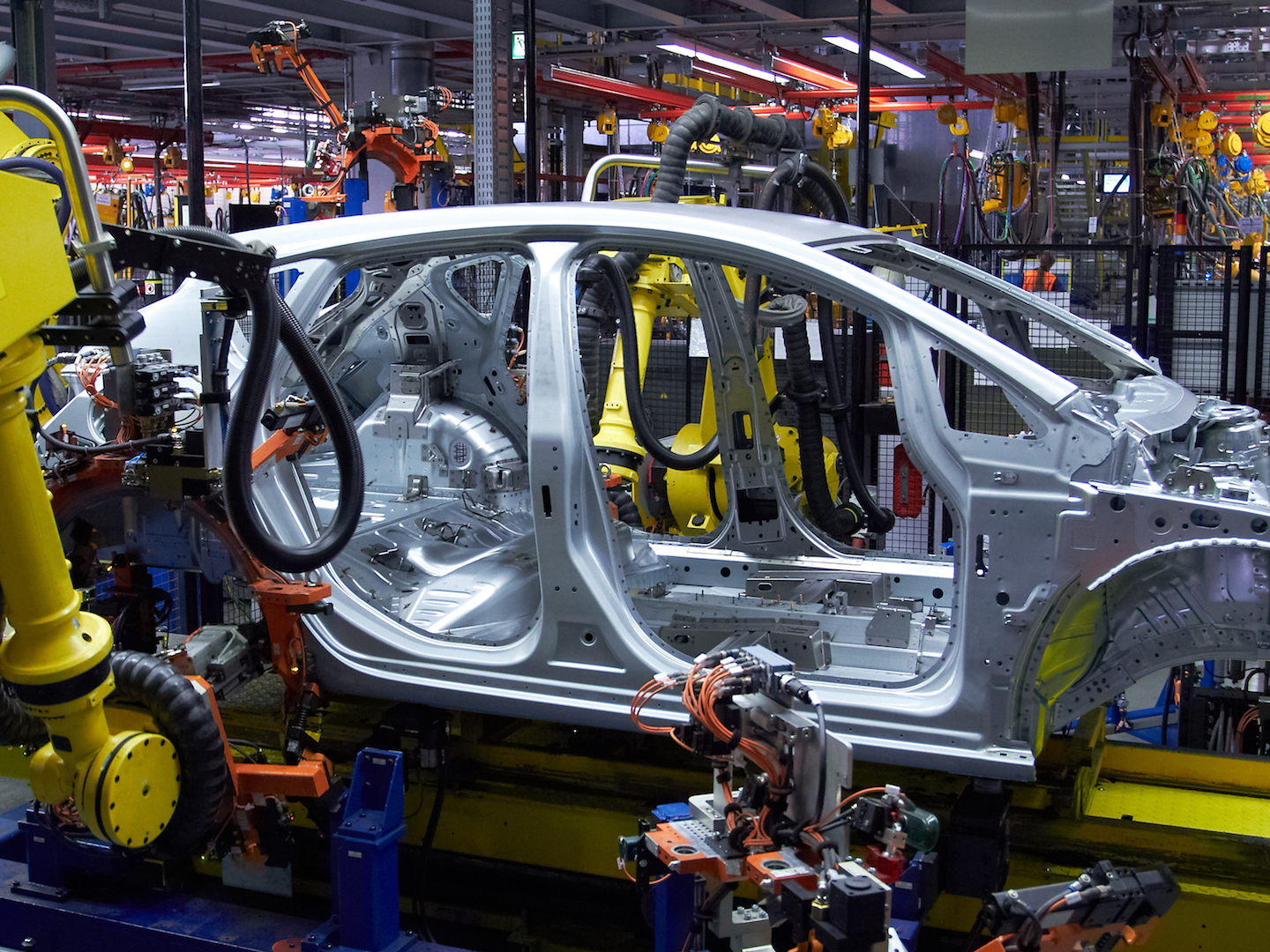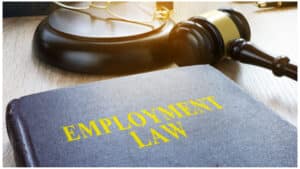
This week’s question comes from Tracey F. in Hayward who writes: “My boyfriend works at Tesla’s manufacturing plant on the assembly line and is always in pain when he comes home. Often, he is required to work mandatory overtime and I have to give him a massage because his shoulders and arms hurt really bad.
People at Tesla are getting injured all the time. Last week a guy got rammed by a robot moving around the warehouse. It seems that while the robots are modern and can work all the time, the humans are just that, human, and they are getting worn out and hurt. Tesla is a tech company; shouldn’t they be able to do something with all that knowledge to protect the humans working in the facility? What rights do workers have when they get hurt?”
Tracey, unfortunately there is nothing new, modern, or revolutionary about workers in production facilities being injured by the nature of their work. Your question brings up two major issues: 1) what rights do workers have when injured on the job; and 2) what is the liability associated with the Tesla worker who was injured last week by a robotic skid? These are timely questions as we see the increasing interplay of people with robots in the workplace.
Generally, when an employee is injured in the workplace, the California Labor Code workers’ compensation law governs their rights. The workers’ compensation system was established to provide immediate assistance to injured workers without requiring proof that anyone was negligent in causing the injury, as usually required in personal injury lawsuits. While this remedy is expeditious, it is limited to two-thirds of the employee’s pretax gross wages, up to a maximum adjusted annually by the California Department of Industrial Relations.
In 2018, the maximum right of recovery in workers’ compensation is $1,215.27 per week for a total disability, while the minimum is $182.29. This may be just a fraction of the injured employee’s true economic damages including medical expenses and earnings lost due to disability. Moreover, workers’ compensation is the “exclusive” remedy for workplace injuries, meaning that an employee injured in the course and scope of their employment may not sue the employer for remaining economic or non-economic damages such as pain, suffering, disfigurement, loss of enjoyment.
Your boyfriend’s injuries sound like repetitive motion injuries (RMIs), which occur in many fields and are covered by workers’ compensation law. Under California Administrative Code Section 5110, California employers are required to establish and implement a program designed to minimize RMIs, including a worksite evaluation, control of exposures to causes of RMIs, and RMI-reduction training for employees.
Your boyfriend can request that Tesla provide him with a copy of its Section 5110 program. He can also bring up concerns about his injury with the California Division of Occupational Safety and Health, better known as Cal/OSHA, as well as Tesla’s HR department and/or his site safety manager. California Labor Code 6310 prohibits employers from retaliating or discriminating against employees who exercise their rights to report or institute proceedings regarding workplace injuries or illnesses, or request access to the employer’s occupational injury or illness reports.
An employer who violates this whistle-blower protection law must reimburse the employee for any wages or work benefits lost due to retaliatory acts and may also be sued for further economic damages, non-economic damages and, if shown to have acted maliciously, punitive damages to punish them for their actions. Having handled many of these cases, I can tell you that evidence of reporting is crucial, so any complaints or concerns expressed should be documented or, at a minimum, witnessed by someone with credibility.
The recent case you mention involving a Tesla robotic skid carrier presents a twist to the normal analysis of an on-site injury of an employee. As widely reported, a 30-year-old millwright, employed by a subcontractor, was hit and seriously injured by the skid, a piece of equipment used to move vehicles through the assembly process. In this case, workers’ compensation law, and its bar against personal injury lawsuits, may not apply for two reasons.
First, the subcontractor was not directly employed by Tesla, so the workers’ compensation system may not cover the injury and a lawsuit may be available instead, although Tesla will likely try to claim they are his co-employer and, along with the contracting employer, should not be held liable for the full workplace damages. Second, the injury was caused by a piece of equipment, which may allow the worker to bring a products liability claim against the manufacturer of the robot.
A skilled trial lawyer will be needed to help the injured worker navigate the intricacies of this system. Based on 25 years of doing this, I can tell you it will be a challenge.










